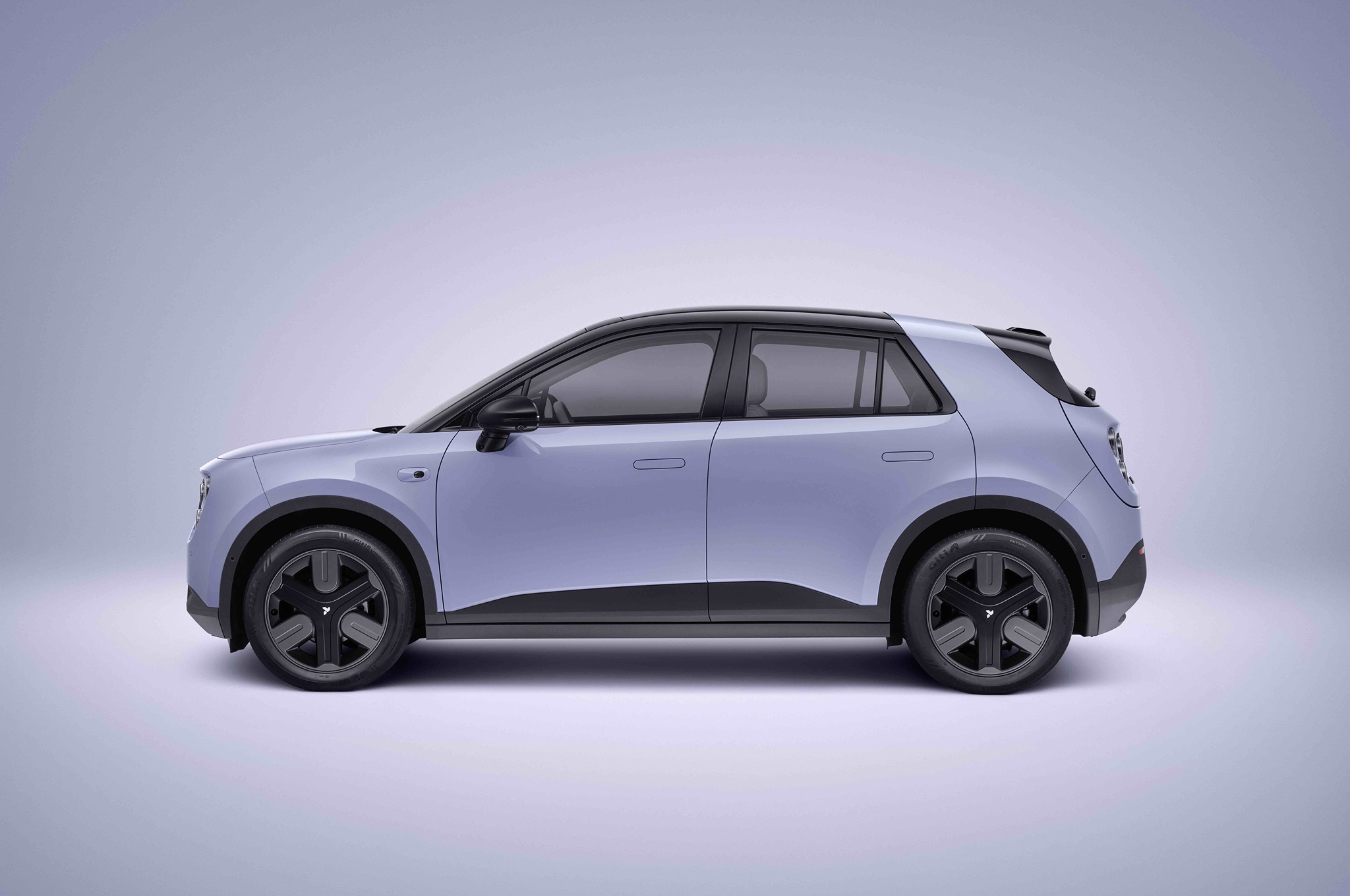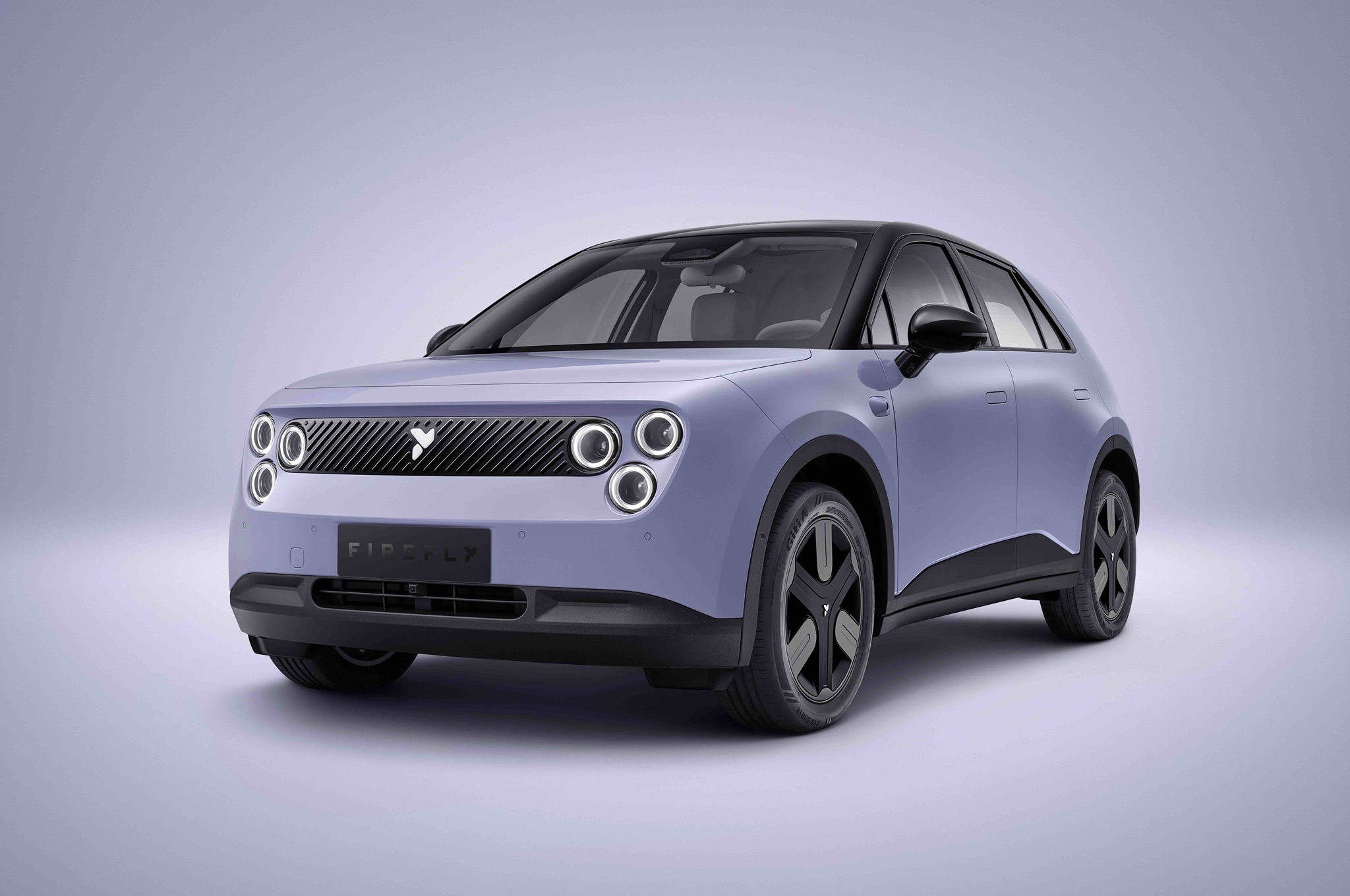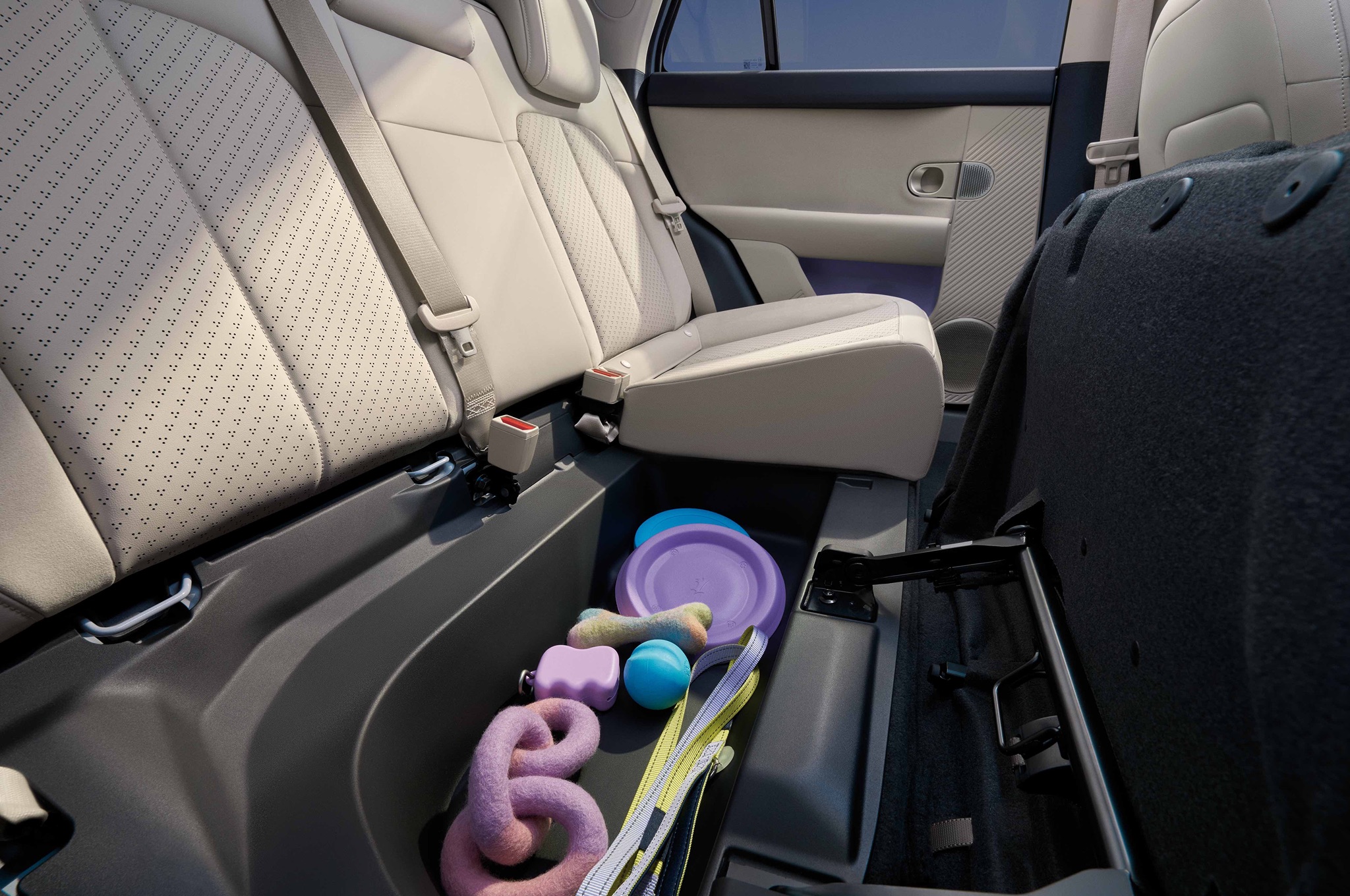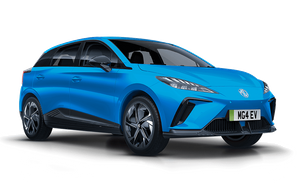Introduction and model history
Nio might be best known for big, luxury electric SUVs like the Nio ES8, but the Firefly is its bid to crack the small-car segment and the UK market. For a start, let’s get something straight: the Firefly is made by Nio, but it’s not actually branded as a Nio and Firefly stands as its own brand. It’s not dissimilar to how Smart used to be the clever, affordable arm of Mercedes. And it suggests that we’ll see more models from Firefly, I’d say!
Anyway, the Firefly hatch aims to mix cute looks with the Nio’s trademark tech-heavy, user-friendly approach. It’s now officially confirmed to be coming to the UK, which is great news for those of use who want to see lots of healthy competition and good product in every sector of the electric car market.
It’s a five-door, pure electric hatchback measuring 4.0 metres long, and with a claimed range of up to 205 miles courtesy of the rear-mounted electric motor. It’ll compete with cars like the Renault 5 and Mini Cooper Electric, so the Firefly needs to be good. It’s certainly got some clever touches.
I spent time driving the car out in Denmark on a European Car of the Year event, and it’s got some very clever touches including a big, 348-litre boot and a 65-litre frunk, surprisingly smart interior finish and funky infotainment graphics that are worthy of Andy Warhol.
The Firefly is already on sale in various European markets, and it’s coming to the UK in 2026. Pricing and specification hasn’t been revealed yet, but if Nio keeps costs sensible then this could become one of the most appealing small EVs on sale.
Range, battery and charging
The Firefly current gets a 41.2kWh (usable) LFP battery, with a claimed WLTP range of 205 miles. That’s not bad, but I do think that Nio needs to offer a slightly bigger battery option with a range of around 250- to 260 miles if it’s to compete with the likes of the Hyundai Inster and Renault 5.
Nio does tend to offer multiple battery sizes in its cars, so we’re hoping for something similar here. Perhaps even a smaller battery for urban drivers, so that the Firefly could compete with cars like the Dacia Spring, Renault Twingo and BYD Dolphin Surf, as well as the slightly more expensive offerings. That’d make a lot of sense, wouldn’t it?! For now, the 41.2kWh battery seems to be the only option.
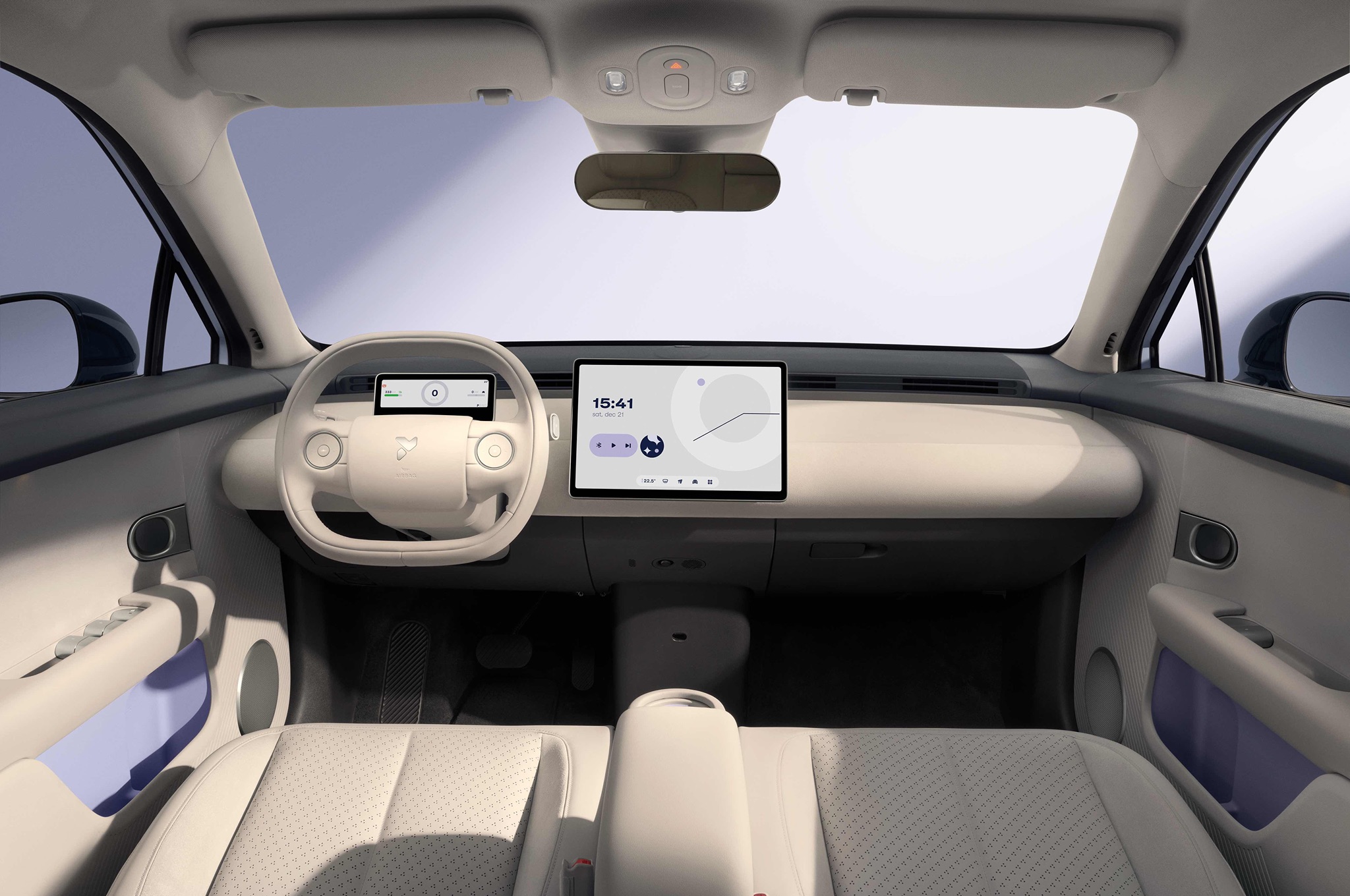
Charging speeds top out at around 100kW, although Firefly claims that a 10-80% charge will take around 30 minutes, which suggests that the average charging speed will be quite a bit lower.
Even more intriguingly, Nio is expanding its battery-swap stations across Europe. This tech is exactly what it sounds like; you drive your Nio into a roadside battery swap station, and the car has its depleted battery removed and replaced with a fully-charged one, all in around five minutes or so. Currently, Nio has rolled out a few of these swap stations in Europe, but there’s no word on whether it will bring this service to the UK.
If I’m honest, I’m sceptical. It’s a phenomenally expensive and complicated system that requires a huge, widespread infrastructure, and our road network in the UK is notoriously hard to work on; busier and more strained than most roads in Europe and China. Personally, I’d rather see Nio put money into improving the existing charging infrastructure in the UK, which already does the job but could certainly do it better…
Still, this is all my speculation and there’s no doubt that the battery-swap tech supported by Nio and Firefly is very impressive.
Vehicle-to-load (V2L) charging is offered on the Firefly, but it doesn’t get a heat pump.
Practicality and boot space
Although the Firefly is compact, it’s been cleverly packaged to maximise interior space. It gets a 348-litre boot, which is a very decent size for a small car like this, and will be good enough for a small dog or a single buggy. There are some really clever touches around the cabin, too. You can fold the rear seats down, of course, but you can also fold the rear seat squabs forward to reveal some hidden storage under there.
The 65-litre frunk is big enough for your cables, or a bottle of screenwash and an ice scraper, so it’ll be a really useful extra space.
Rear passenger space is okay by these class standards, and you can squeeze three across the rear bench if you need to. There’s not a huge amount of legroom, but there’s enough space for an average-sized adult to be comfortable for the average journey. I’d say it’s a touch roomier back there than it is in the Renault 5 and Mini Cooper, although I’d say the Hyundai Inster and BYD Dolphin are a bit comfier for rear passengers.
Interior, design/styling and technology
Up front it feels surprisingly roomy, and the materials – many of which are recycled - all feel good. Way better than you get in the Dacia Spring or Leapmotor T03, and almost up there with the finish in the Hyundai Inster and Renault 5, I’d say. It’s a way off the Mini Cooper, though – that definitely feels like a more premium car, but it may well be more expensive car than the Firefly, too!
I love all the rounded, oval design touches that are a feature throughout the Firefly. On the door cards, the touchscreen infotainment… even the wheel has soft, rounded edges. Which I’m not a mad fan of, to be honest. I don’t mind the Firefly’s steering wheel, but call me old-fashioned - I still prefer my steering wheels to be round!
The central touchscreen is your window to almost all of the car’s controls and functions, so it’s a bit too touchscreen-dependant for my tastes. I like having a few physical buttons for the air-con and that sort of thing, but the Firefly is hardly alone in relying very heavily on the screen, and the layout isn’t too bad. It was a big slow to respond sometimes, but the menus were fairly self-explanatory, and the car’s driver functions and settings are easy to access. I love the graphics on the homepage, too! You get really bright colours and fun, moving graphics that look cool but aren’t too distracting. It’s very cool, and really emphasises the sense that this is a car that you might choose for its modern, urban design and attitude.
Mind you, it’s still too difficult to access and switch off- or on- all the driver aids – and you’ll want to have control of them, as they can be very intrusive, with the lane-keep and driver attention warning systems being rather too keen to interfere.
Motors, performance and handling
The Firefly is rear-wheel drive, and gets a 143hp electric motor that’s good for powering this sub-1,500kg car to 62mph in 8.1 seconds. That’s very decent performance, and is way faster than a Citroen e-C3 or Fiat Grande Panda, although the Renault 5 runs it close.

It’s a fun little thing to drive, the Firefly. That rear-wheel drive layout helps to make it feel quite nimble and responsive, and the while the steering isn’t the most communicative it gives plenty of confidence. Ride comfort could be better; it’s a bit busy and restless around town, but the Giti tyres that our test car rode on may not have helped with that. It’s generally a confident car, the Firefly, and it felt stable at higher speeds while also feeling wieldy and zippy around town.
I wish the brake-regen' could be adjusted by paddles on the steering wheel, but you have to use the screen instead. It’s a predictable enough regen’ system, though, and there’s a one-pedal mode if you want it.
Running costs and pricing
This is the big unknown. If Nio prices the Firefly aggressively, it could become one of the best-value EVs in the UK, but pricing isn’t yet confirmed and we don’t know the specifics of how many dealers Nio will have, the warranty it will offer in the UK, and all of those important ownership details.
At the moment, the Firefly costs around £25,000 in European markets, but that could vary when the company brings it over here. At that price, it’s got some huge competition, but if PCP and lease prices are competitive enough then it could still do very well.
It comes with a five year, 93,205 mile warranty in Europe, while the battery is covered for eight years and 100,000 miles, which would be a competitive level of cover in the UK, even if the Peugeot e-208 and forthcoming Kia EV2 will better that.
Verdict
The Nio Firefly’s compact footprint, smart design and clever versatility and design play in its favour, and Nio’s reputation for building polished, well-engineered cars gives us plenty of reasons to be optimistic.
Of course, everything hinges on the UK pricing and confirmed specs. If Nio gets those right, the Firefly could become one of the most appealing small EVs on sale. As it stands, I’ll just say that the cute, Firefly looks very promising.
Like the Firefly? Try these...











